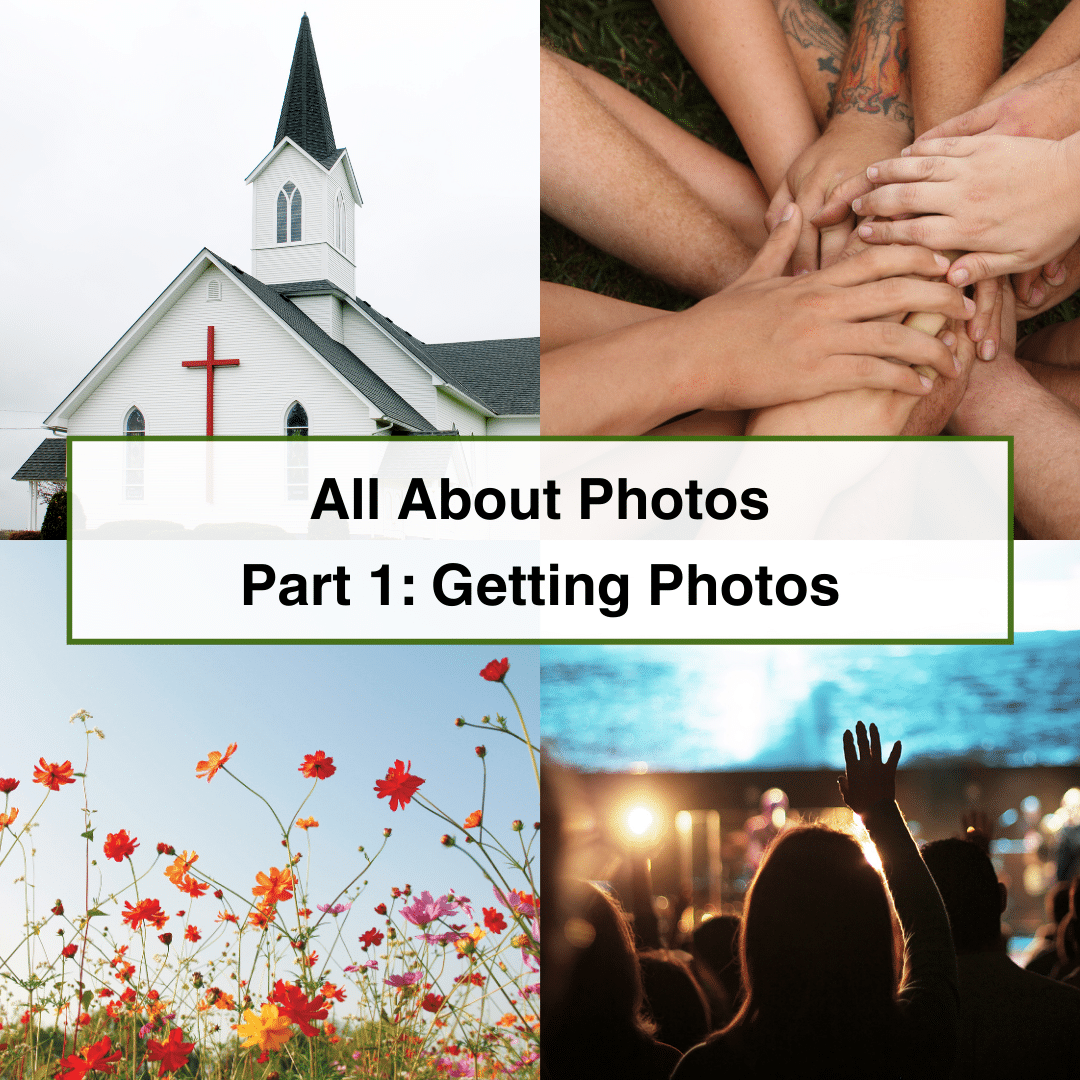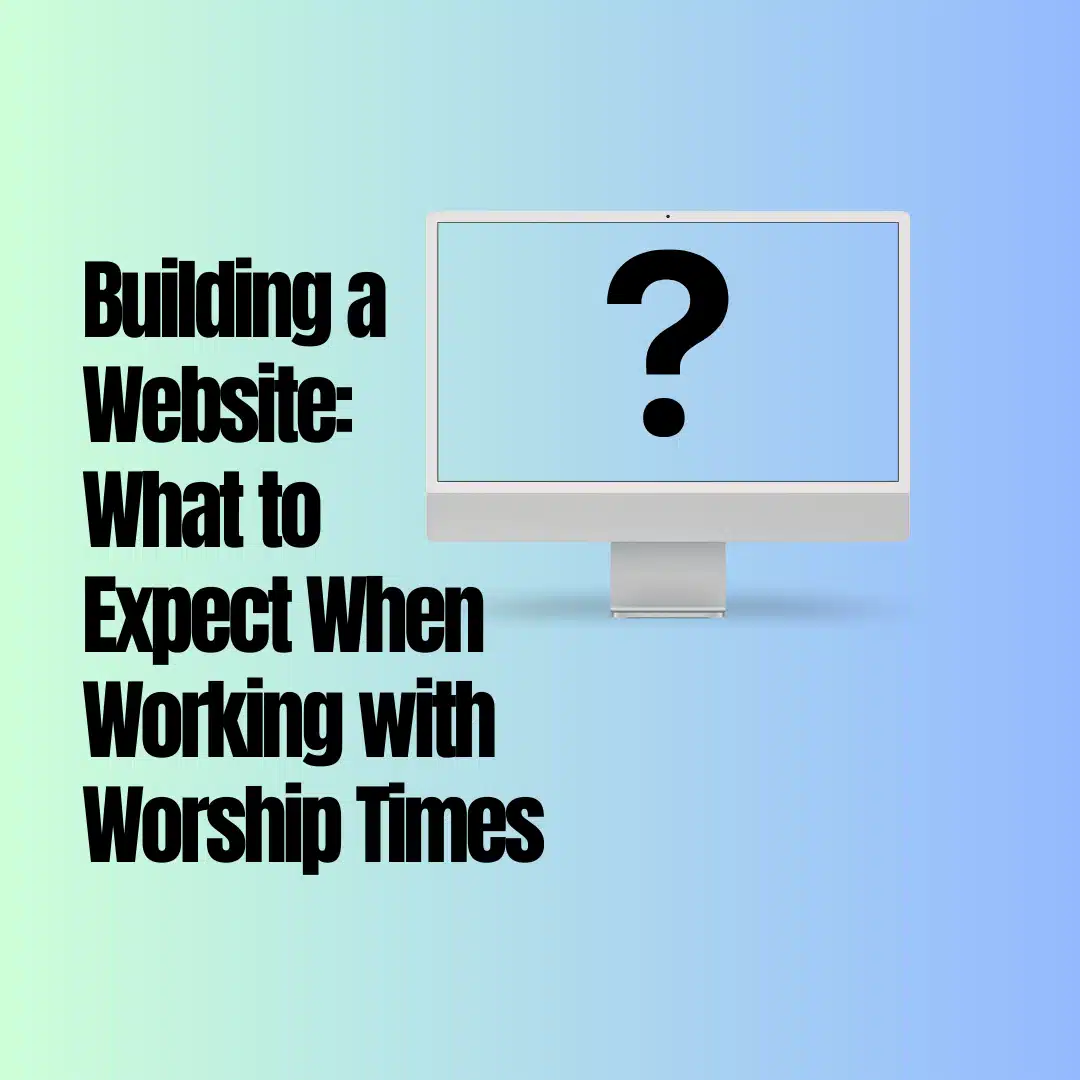
 What is Social Media?
What is Social Media?In the digital age, Social Media has become a powerful tool for communication, networking, and community building. These platforms are virtual spaces where individuals, groups, and organizations can share content, ideas, and experiences, interact with others, and participate in social networking. Some of the most popular social media platforms include Instagram, Facebook, Twitter, and TikTok.
For churches, social media can be an invaluable resource. It provides an opportunity to reach out to the community, foster a sense of connection among members, and share important messages and events. But it’s not just about reaching people in the pews; it’s also about reaching the unchurched and the dechurched. Social media can help churches extend their outreach, providing a digital platform for evangelism and discipleship.
By embracing social media, churches can communicate more effectively with their congregations, provide spiritual support and encouragement, share uplifting content, and keep members informed about church events and initiatives. Moreover, it can help attract new members, especially younger ones, who are more likely to be active on these platforms.
Instagram is a visually-driven platform, making it ideal for sharing beautiful photos, inspirational quotes, short videos, and stories. It is particularly popular among younger generations.
Pros:
Cons:
Facebook is a versatile platform with a broad user base. It offers many features suitable for churches, such as the ability to create pages, groups, events, and even live-stream services.
Pros:
Cons:
X is a fast-paced platform ideal for sharing quick updates, engaging in conversations, and spreading messages virally through retweets.
Pros:
Cons:
TikTok is a video-sharing platform that is growing rapidly, especially among younger demographics. It’s perfect for short, engaging, and creative videos. *Note: The Worship Times Team doesn’t currently recommend TikTok with the ongoing questions about security.*
Pros:
Cons:
When creating a social media plan for your church, it’s important to consider the following:
Who is Your Audience?
Understanding your audience will guide your content strategy. Are you aiming to reach existing members, attract new ones, or both? What is their age, what platforms do they use, and what type of content do they engage with? Take a look at our recent article about SEO, it has a great section on how to help identify your audience.
What is Your Goal?
Identify your social media goals. Are you looking to foster community, share church news, provide spiritual support, or attract new members? Your goals will inform what content you create and share.
What Should You Post?
This depends on your audience and your goals. From Scripture to sermon highlights to upcoming events and church information, there are many options. Other ideas are articles, blogs, and content to help your church grow and learn about their faith and theology. Posts featuring photos of your congregation often perform well on Facebook and Instagram. Members want to be able to see how they are impacting not just their church but their community.
How Often Should You Post?
The frequency of posting depends on the platform and your resources. And the “best” ideas on how often and when to post are constantly changing. However, consistency is key. Regular posting keeps your audience engaged and helps improve visibility. A good starting point could be three times a week for Facebook and Instagram, daily for Twitter, and once or twice a week for TikTok. Remember, it’s not just about quantity, but the quality of your content that matters. And- don’t forget to respond to any comments or messages you get!
Also, consider leveraging the unique features of each platform. Instagram and Facebook Stories, Twitter threads, and TikTok challenges can all be utilized to engage your audience in different ways.
If you would like to dive a little deeper into how often to post to social media, check out this article from our friends at Hootsuite
When Should You Post?
Once again, this varies depending on the platform, and is often changing. Within Meta, you can see active times for your audience on Facebook and Instagram. Use these times and see how your posts perform; tweak as necessary. In general, a good rule of thumb is to aim for early mornings, lunch hours, or evenings when people are more likely to be checking social media, and then adjust as needed.
Social media offers churches a powerful way to engage with their congregations and reach out to new members. By understanding the pros and cons of Instagram, Facebook, Twitter, and TikTok, you can create a social media plan that aligns with your audience and goals, and decide how often to post for optimal engagement.
Remember, social media is not a one-way communication channel. It’s a platform for dialogue, community building, and relationship nurturing. Responding to comments and messages is crucial.
Embracing social media might seem daunting at first, but with a clear plan and understanding, it can become a transformative tool for your church. And remember, you’re not alone on this journey.
We invite you to reach out to us with any questions you may have here or to leave a comment below. We’re here to support you as you navigate the world of social media for your church. Together, we can leverage these platforms to amplify your digital voice.






Copyright © 2008 - 2024. Worship Times. All rights reserved.